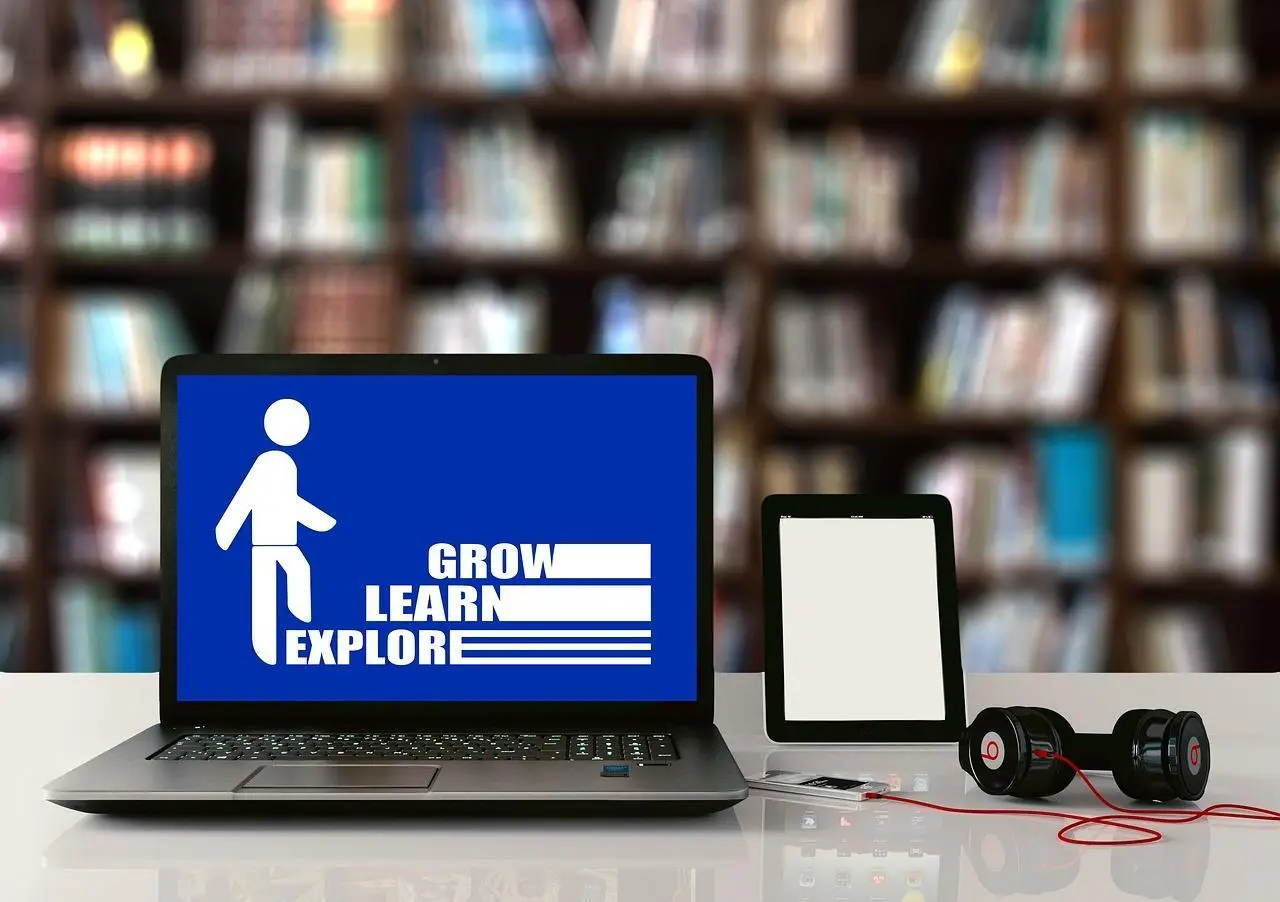Closing the Skills Gap: How Education Can Meet Industry Demands
As the global economy continues to evolve at a rapid pace, a significant challenge has emerged: the widening skills gap. This gap represents the disconnect between the skills that employers require and the skills that job seekers possess. The skills gap not only hampers the ability of businesses to find qualified talent but also impacts economic growth and innovation. To address this issue, there is a growing need to align educational systems more closely with the needs of industry.
Understanding the Skills Gap
The skills gap is rooted in several key factors. One of the primary causes is the rapid pace of technological advancements, which often outpaces the ability of educational institutions to update their curricula. New technologies and processes are constantly being developed, yet many educational programs still rely on outdated content that fails to prepare students for the modern workforce.
Another contributing factor is the lack of practical, hands-on experience in traditional education systems. Many graduates enter the job market with theoretical knowledge but lack the practical skills required to apply this knowledge effectively in real-world scenarios. This mismatch between academic training and the actual demands of the job market leaves many employers struggling to find candidates who are ready to hit the ground running.
The impact of the skills gap is felt across the business sector and the broader economy. Employers face challenges in filling vacancies, leading to decreased productivity and slower innovation. In some cases, the skills gap also contributes to higher unemployment or underemployment rates, as job seekers struggle to find roles that match their qualifications.
The Role of Education in Addressing the Skills Gap
To effectively bridge the skills gap, educational institutions must take proactive steps to align their programs with industry needs. Updating curricula to reflect the latest industry trends and technologies is essential. This can be achieved by involving industry professionals in the development of educational programs, ensuring that students are learning the skills that are most in demand.
Practical, hands-on learning should be a cornerstone of modern education. Internships, apprenticeships, and co-op programs provide students with invaluable experience that prepares them for the workforce. These programs also allow students to build connections with potential employers and gain insights into the day-to-day operations of their chosen fields. Case studies of successful collaborations between educational institutions and industries highlight the positive outcomes of such initiatives, demonstrating the benefits for both students and employers.
In addition to updating curricula and providing hands-on learning opportunities, it is crucial to foster a culture of lifelong learning. The concept of continuous skill development is becoming increasingly important as industries continue to evolve. Online courses, certifications, and boot camps offer flexible options for individuals to upskill or reskill, ensuring that they remain competitive in the job market.
Industry Collaboration with Educational Institutions
Collaboration between industry and educational institutions is key to bridging the skills gap. Partnering with schools and universities allows industries to help shape educational programs that meet their specific needs. Successful partnerships often involve industry representatives serving on advisory boards, providing input on curriculum design, and offering mentorship to students.
Industry-led training and development programs are another effective strategy. These programs are designed to equip students with the specific skills needed in their chosen fields. By providing real-world projects and mentorship, industries can ensure that students gain practical experience that is directly relevant to their future careers.
Moreover, supporting research and innovation within educational institutions benefits both academia and industry. Collaborative research initiatives can drive the development of new technologies and processes, fostering innovation that supports economic growth. Industry involvement in these initiatives ensures that research is aligned with real-world applications, leading to more impactful outcomes.
The Role of Government and Policy in Bridging the Gap
Government initiatives play a crucial role in aligning education with industry needs. Policy frameworks that encourage partnerships between education and industry can create the conditions necessary for effective collaboration. Additionally, government funding and incentives for programs that address the skills gap are essential for scaling successful initiatives and ensuring they reach a broad audience.
Promoting vocational and technical education is another important aspect of addressing the skills gap. Vocational training programs are specifically designed to provide students with the skills needed for specific industries, making them highly relevant to the job market. Countries and regions that have invested in vocational education often see lower rates of unemployment and a more skilled workforce, demonstrating the effectiveness of this approach.
Ensuring equitable access to education and training programs is also vital. Addressing disparities in access to education, particularly for underrepresented groups, helps to create a more inclusive workforce. Strategies for supporting these groups in gaining industry-relevant skills include targeted scholarships, outreach programs, and partnerships with community organizations.
Preparing Students for the Future of Work
As the nature of work continues to change, it is important to prepare students not only with technical skills but also with the soft skills and adaptability needed for success in any field. Soft skills such as communication, problem-solving, and teamwork are increasingly valued by employers and are essential for navigating the complexities of modern work environments.
Integrating career guidance and counseling into educational programs helps students understand industry demands and opportunities. Career services can provide valuable tools and resources for students to make informed decisions about their career paths. Additionally, fostering an entrepreneurial mindset encourages students to innovate and create new opportunities, aligning with the needs of a rapidly changing job market.
Conclusion: The Path Forward
Aligning education with industry needs is crucial for closing the skills gap and preparing the workforce of the future. This alignment requires a collaborative effort involving educational institutions, industry, and government. By updating curricula, emphasizing practical learning, promoting lifelong education, and fostering collaboration, we can create a dynamic educational system that meets the evolving demands of the job market.
The ongoing need for flexibility and innovation in education cannot be overstated. As industries continue to change, so too must our approaches to education and training. Through sustained efforts to bridge the skills gap, we can ensure that students are equipped with the skills and knowledge they need to succeed in a rapidly changing world, ultimately driving economic growth and innovation.




